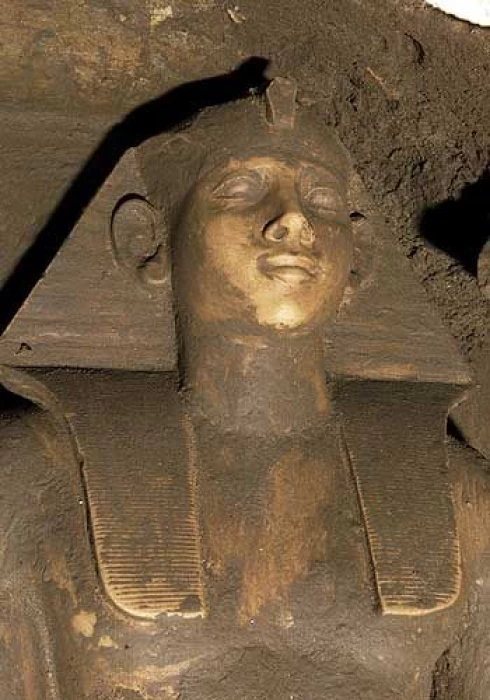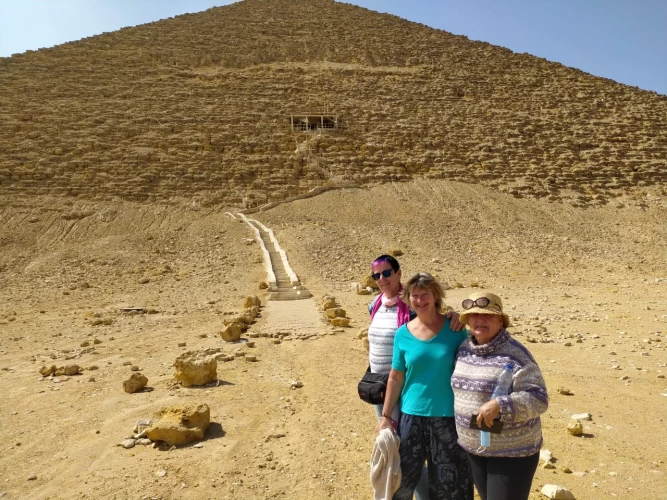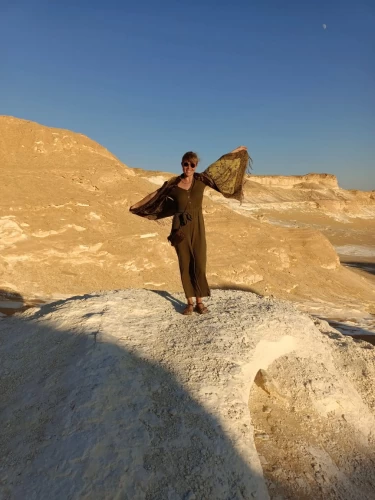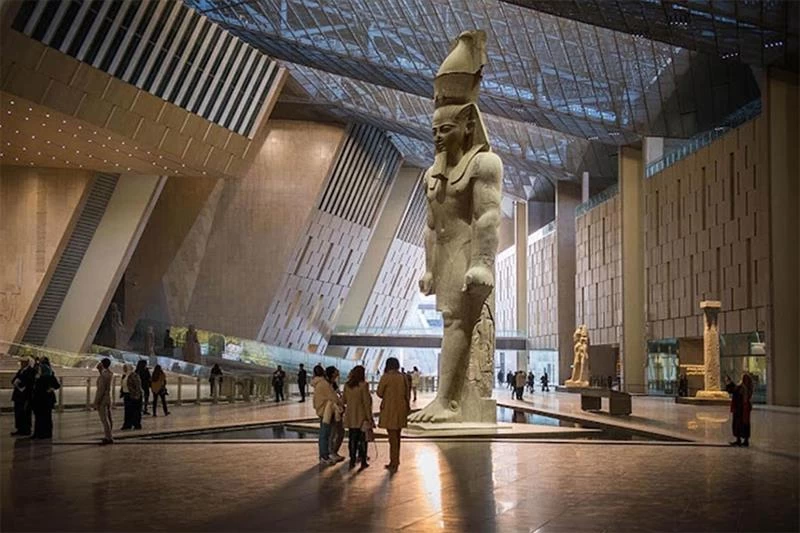
The Thirteenth Dynasty of the History of Ancient Egypt
The Thirteenth Dynasty of the History of Ancient Egypt
Thirteenth Egyptian Dynasty (1790 BC - 1649 BC) It is the first family in the era of the invasion of the Hyksos to Egypt, and it participated with the eleventh Dynasty, the twelfth family, and the fourteenth Dynasty to be all in the era of the middle state. The reign of this family began in the period (1790 BC - 1649 BC)
In the middle of the seventeenth century BC, the situation in Egypt lacked security. It is believed that eastern and Lower Egypt was under the direct control of the Uri rulers, and they are of the fifteenth Hexus family, which the Canaanite rulers called "Hexus", then the sixteenth Dynasty. At the same time, this area was under the indirect control of the Fourteenth Dynasty.
It is possible that even the rulers of Upper Egypt, who were in the late thirteenth and early seventeenth dynasties, were subordinate to the rulers of Lower Egypt, “the Hyksos” (the fifteenth dynasty), and then they made a stick of obedience to them.
Main Features of the Thirteenth Dynasty: Political Instability: The Thirteenth Dynasty would seem to be marked by a series of very brief and often fragmented reigns. The family itself was of quite a weak nature, and many of the rulers were, more so than any other, under pressure from foreign powers growing in influence, especially the Hyksos in the north.
Hyksos Influence: The invasion of the Hyksos around the 15th Dynasty (c. 1640 BC): This particular thing extremely hastened the entry of politics into Egypt. Lower Egypt (east delta) was at the time under the Hyksos with direct control, and the southern part of the country was believed to be indirectly influenced by these invaders. Several historians state that even those in power in the Thirteenth Dynasty had to be under the Hyksos or acknowledge their authority.
Geopolitical Division: For it essentially split Egypt into two areas of influence during this period:
Lower Egypt (delta): Taken over directly by the Hyksos rule of the 15th Dynasty.
Upper Egypt (southern Egypt): Ruled by indigenous Egyptian rulers, really without full power that had been netted by the threat of the Hyksos. The Fourteenth Dynasty in the Delta and the Thirteenth Dynasty in Upper Egypt were either directly or indirectly dependent on Hyksos.
Decline of Centralized Authority: The disintegration of the political cohesion that characterized the Middle Kingdom began toward the close of the 13th Dynasty. The 13th dynasty monarchs painfully tried to enjoin the broken kingdom with its parts, especially as local governors and nomarchs (regional heads) acquired ever greater power, and thereby centralized authority declined.
Enrichment in Culture and Art: The Thirteenth Dynasty has, under much political instability, been able to build and add its rich cultural legacy to that of Egypt. The architecture, art, and different religious activities continued on the Middle Kingdom lines but were increasingly overshadowed by the invention of the Hyksos and grievance within.
End of the Thirteenth Dynasty: The thirteenth dynasty ended about 1649 BC, probably because of the loss of power to the Hyksos and the internal fragmentation of the state in which this dynasty ruled. It dispersed into a shadowy period of protracted instability, during which more and more activities came under the Hyksos until they were eventually driven out by Ahmose I of the 18th Dynasty.


















